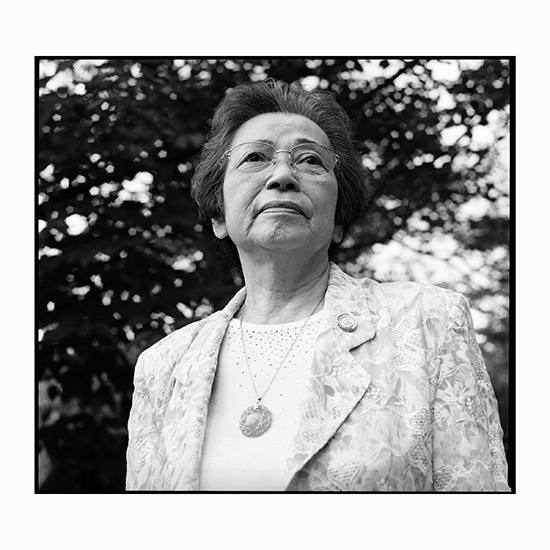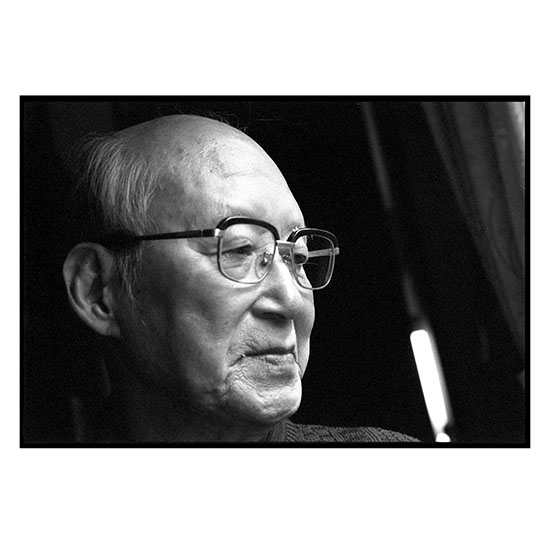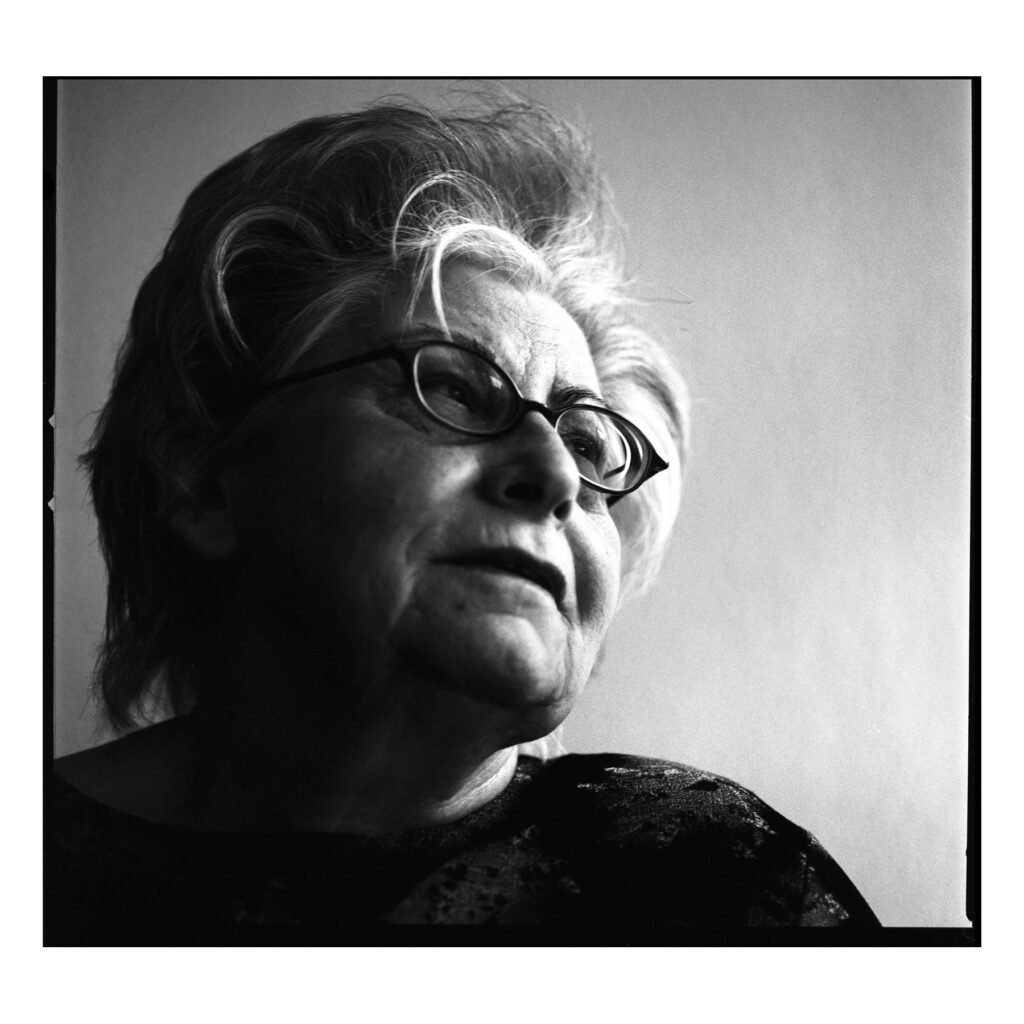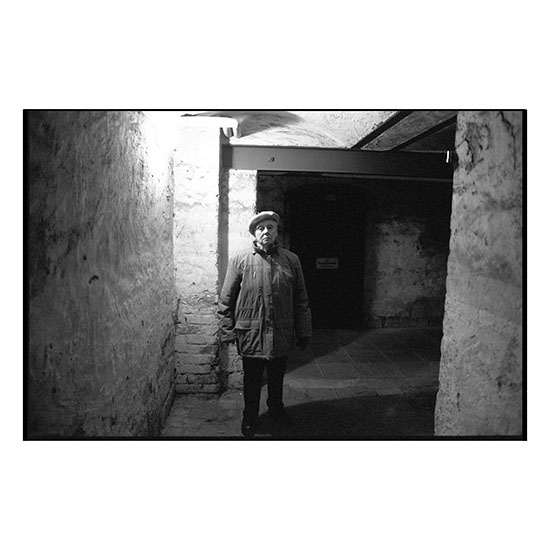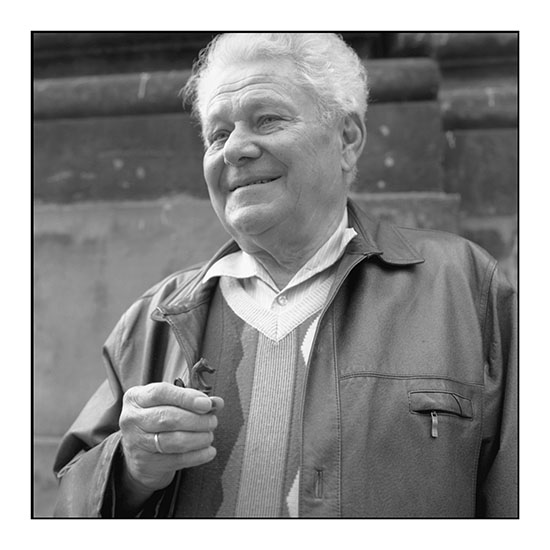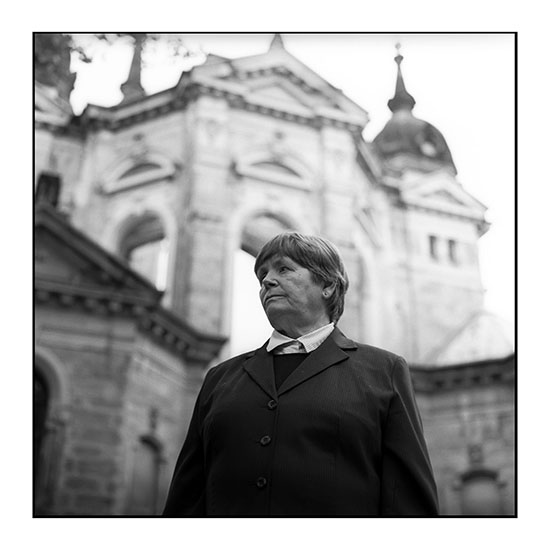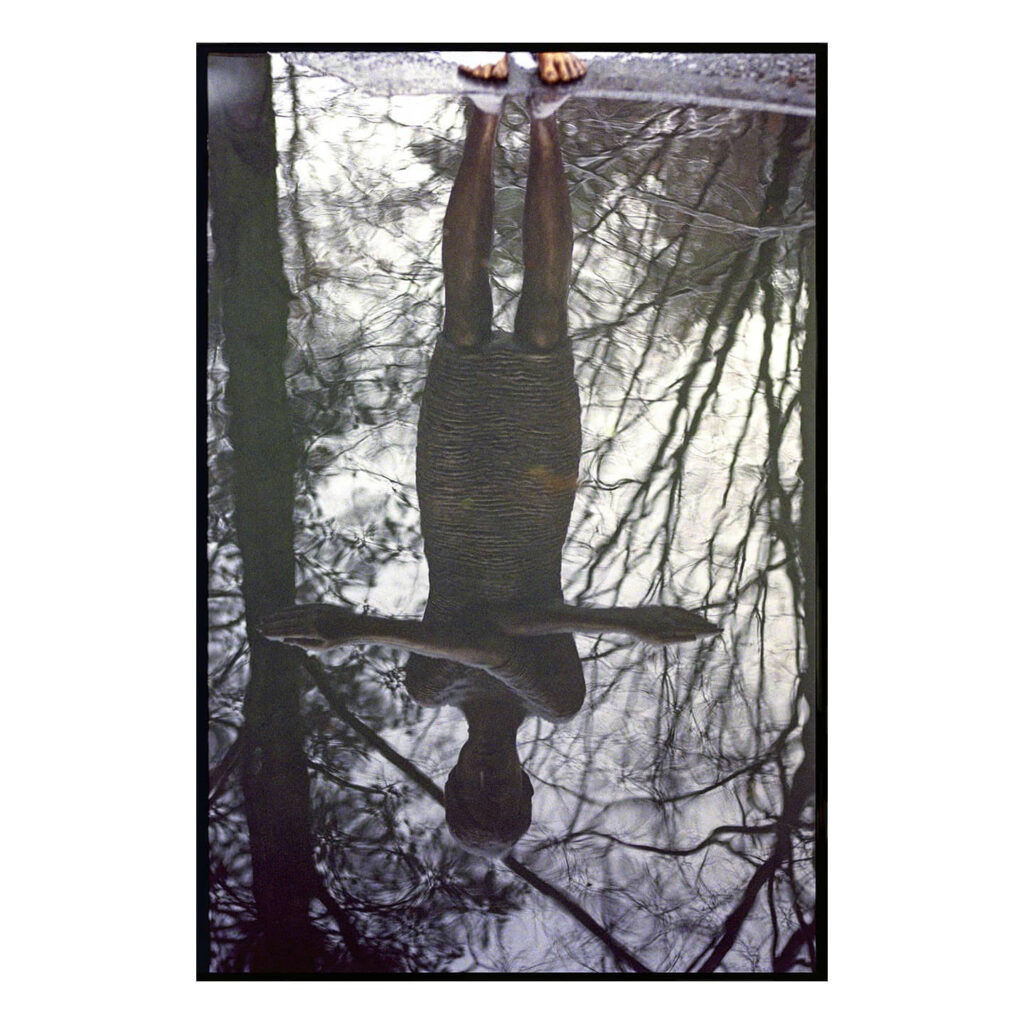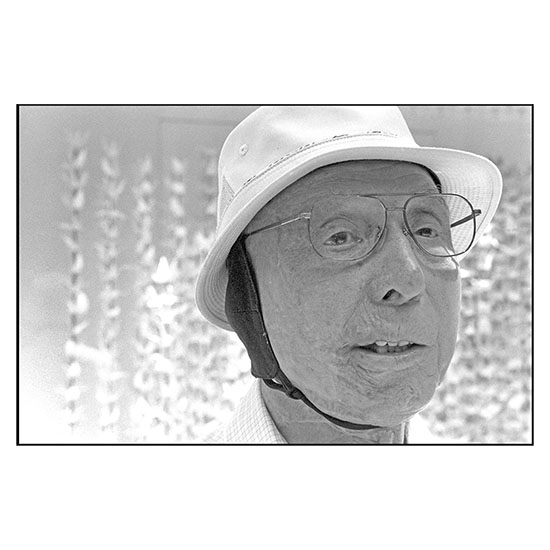
“My face was fully burnt and scorched.
People stared at me, and children cried at the sight of my face.
Still, I feel pain every morning looking at the mirror.”
-Katsuji Yoshida
Katsuji Yoshida was 13 years old when the atomic bomb was dropped on Nagasaki and was at a very close distance of 850m from the hypocenter. When the air raid siren sounded the all-clear, he and his classmates headed back to school from the shelter. Looking up he saw American planes dropping parachutes and suddenly, the blast.
The boys were thrust up in the air and scattered about 120 feet away. Katsuji was thrown into a wet rice field. The soft mud absorbed the force of the turbulent blast and probably saved his life but all his skin peeled off his body. Luckily, the boys survived. They encouraged each other and washed the mud off themselves in a nearby irrigation field. They found grass and put some on their bodies to cool down the scorched and missing skin.
A rescue team came the following day and he spent another two nights with the other children at a relief station set up in a school yard until his mother came to identify him. “At that time, my face was swollen. I couldn’t see because my eyes were swollen shut. My mother did not recognize me, so she kept calling my name in the ear of every boy lying there. Then I raised my hand. I lost consciousness from then until December. They told me that I was between life and death for four months.”
After years of emotional and physical pain caused by the atomic bomb and also discrimination, Katsuji slowly conquered his agony and suffering. Later in life he spoke about his experiences throughout the world. He became one of the most vocal Hibakusha and well known peace activists. On April 1st, 2010, Mr. Yoshida passed away. It was an honor to meet him.
This portrait is a part of my From Above project which a collection of portraits and reminiscences of atomic bomb survivors From Above is permanently exhibited at the Nagasaki Peace Memorial Hall for Atomic Bomb Victims. It has also been exhibited in numerous international museums and exhibition spaces. From Above was released as a limited edition book released as a limited edition book available at https://www.photoeye.com/bookstore/citation.cfm?catalog=I1040&i=&i2
